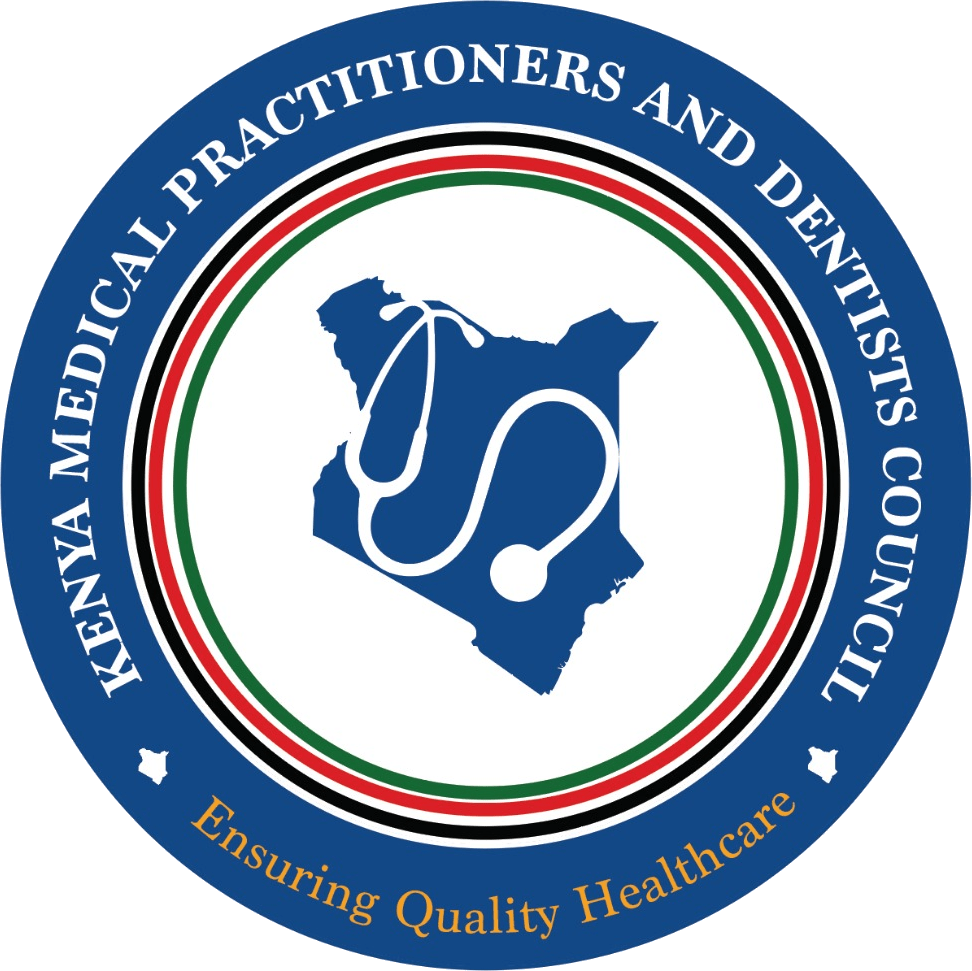Starting on:
Apr 11, 2025
Ending on:
Apr 11, 2025
Moderator(s):
Boardroom
Max Credits:
3 Points
Provider:
Plainsview Nursing Home
Claim Points
Apr 11, 2025
Ending on:
Apr 11, 2025
Moderator(s):
Dr.
Jane Ikonya
MbChB
Venue: MbChB
Boardroom
Max Credits:
3 Points
Provider:
Plainsview Nursing Home
Claim Points
Dr Ikonya
Starting on:
Apr 11, 2025
Apr 11, 2025
Ending on:
Apr 11, 2025
Apr 11, 2025
Venue:
Boardroom
Boardroom
Description
Neonatal sepsis is a life-threatening blood infection in infants under 28 days old, characterized by nonspecific symptoms like temperature instability, breathing problems, and irritability. It is divided into early-onset (within the first 72 hours) and late-onset (after 72 hours) and can be acquired from the mother or the environment. Diagnosis relies on clinical signs and blood culture, with treatment including IV antibiotics and supportive care.
Objectives
Symptoms
Temperature instability (fever or hypothermia)
Breathing difficulties, such as grunting or apnea
Changes in heart rate (tachycardia or bradycardia)
Irritability or lethargy
Feeding intolerance, vomiting, or diarrhea
Jaundice (yellowing of the skin and eyes)
Seizures
Swollen belly area or abdominal distention
Diagnosis
Clinical signs: A doctor will look for the nonspecific symptoms listed above.
Blood culture: This is the gold standard for diagnosis, as it can confirm the presence of bacteria in the bloodstream.
Other tests: Various laboratory tests are used to support the diagnosis.
Treatment
Intravenous (IV) antibiotics: This is the primary treatment to fight the bacterial infection.
Supportive care: This may include IV fluids, oxygen, and medication to help with blood pressure and heart function.
Other medications: Depending on the infection, antiviral medication may be used.
Narrowing antibiotics: Treatment is initially broad but is narrowed to specific antibiotics once the causative organism is identified by the blood culture
Presenters
-
Dr.
Jane Ikonya
MbChB

